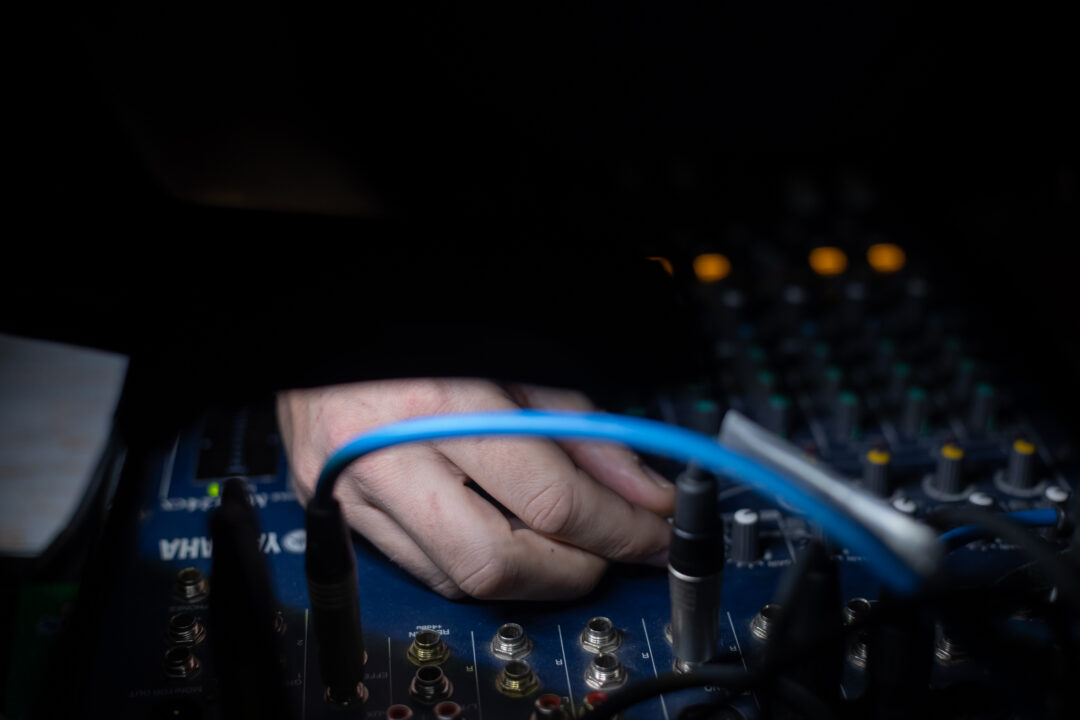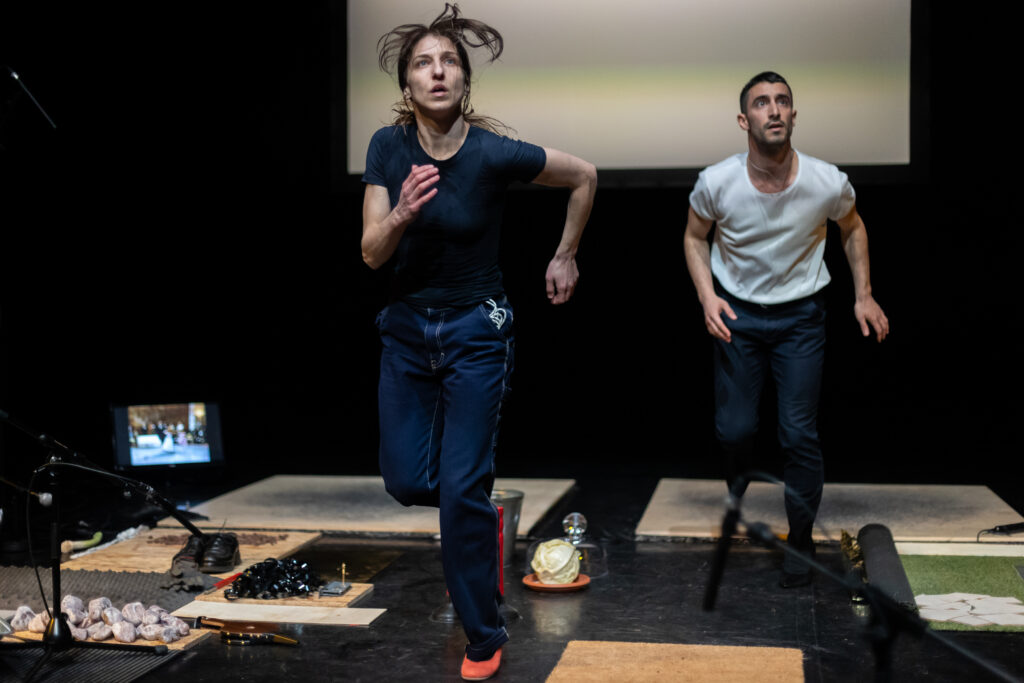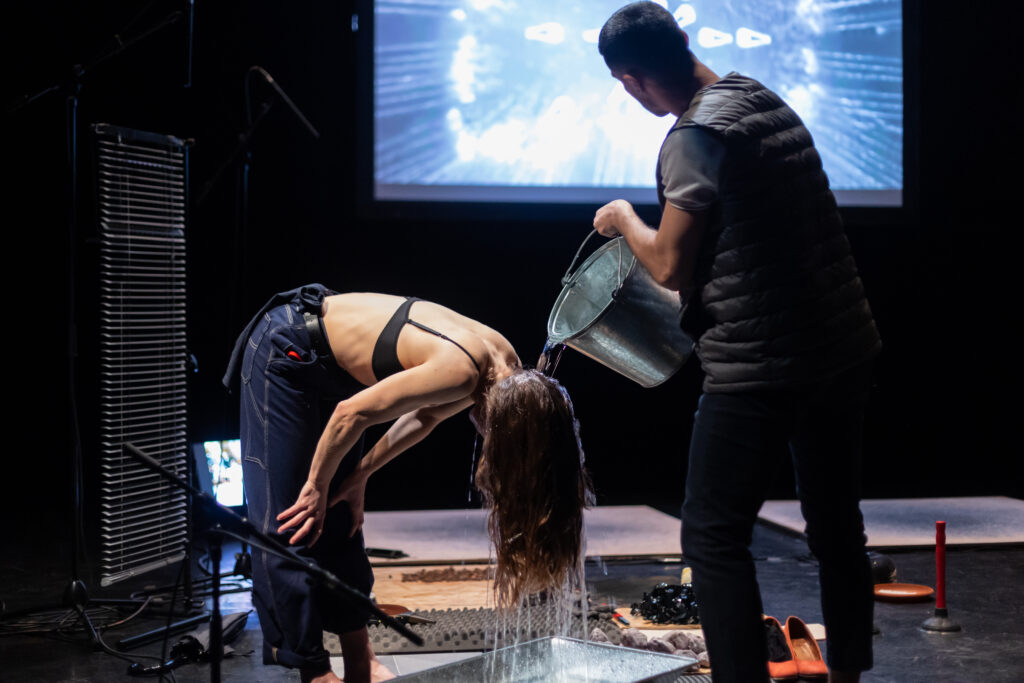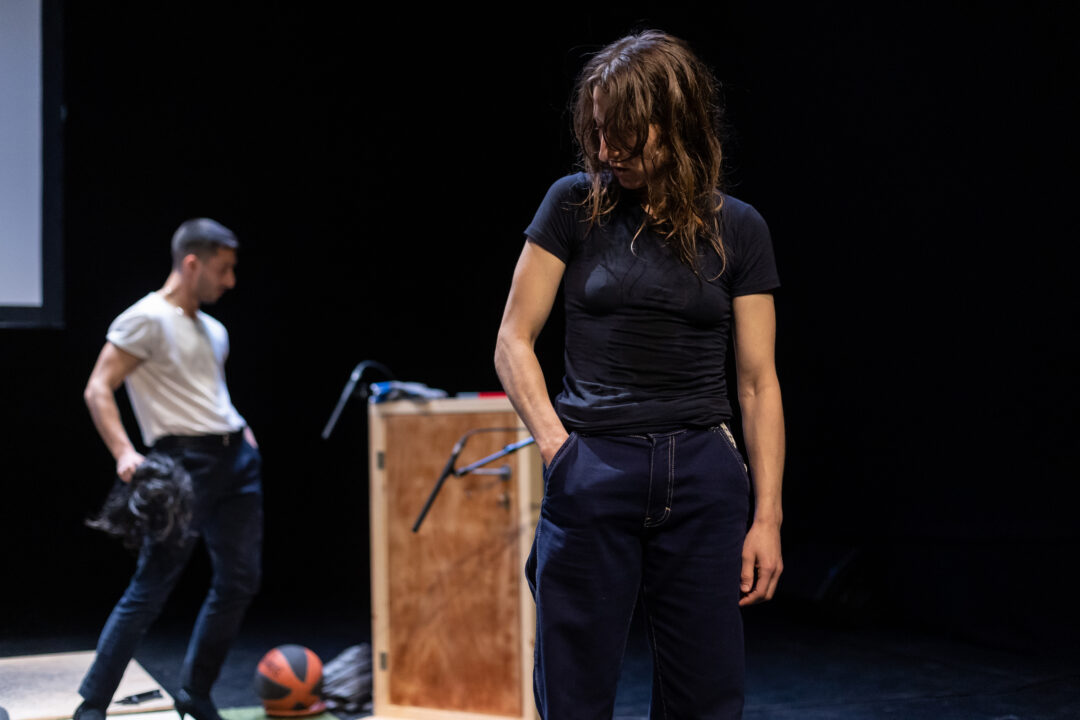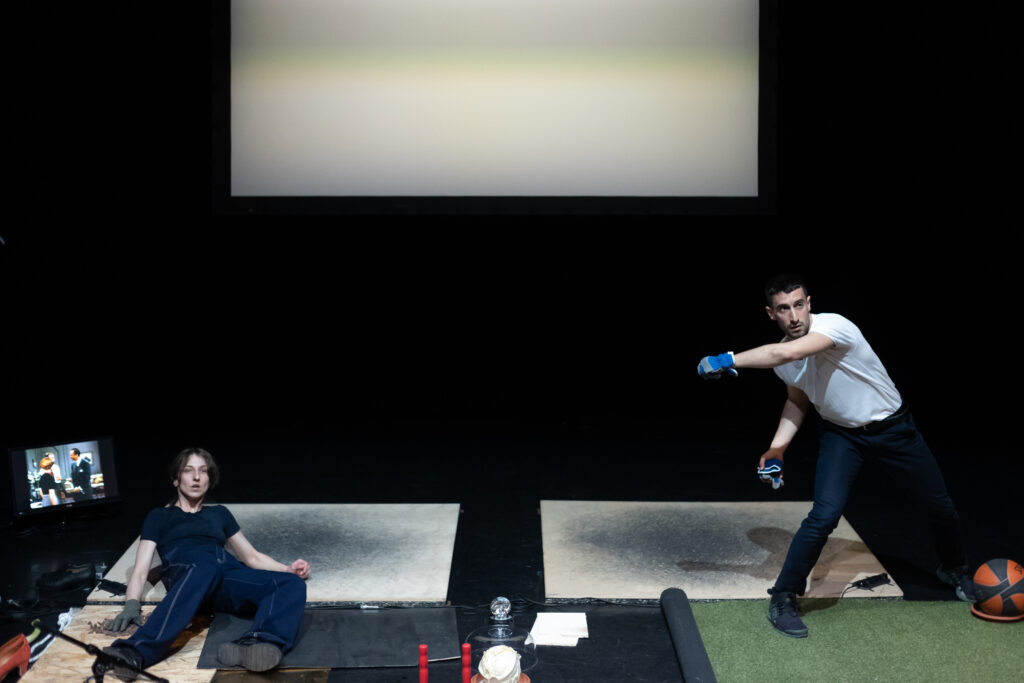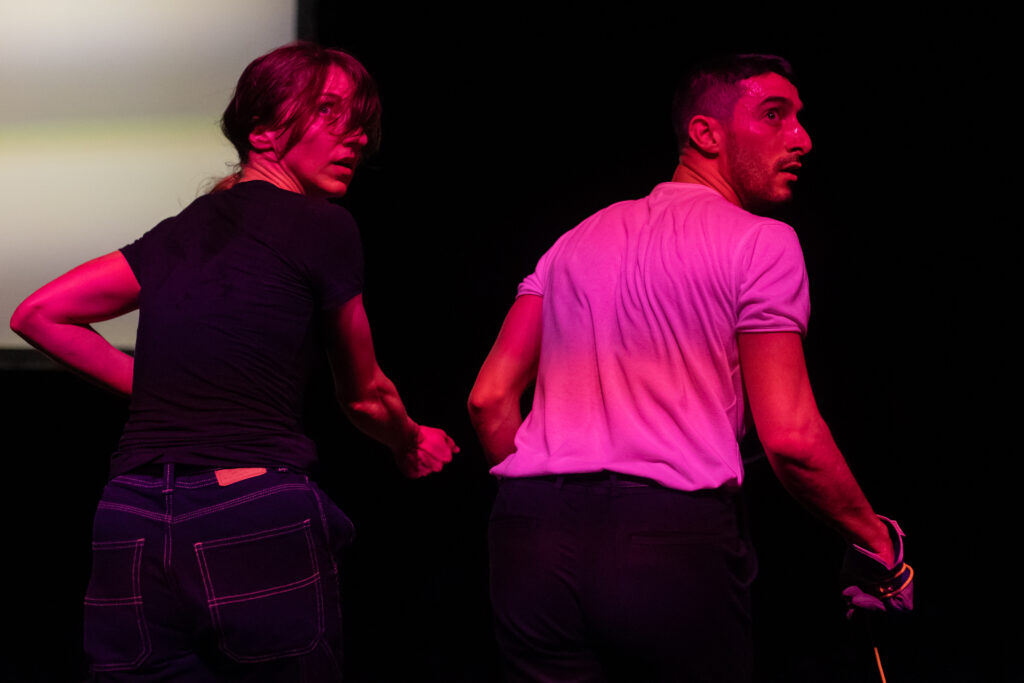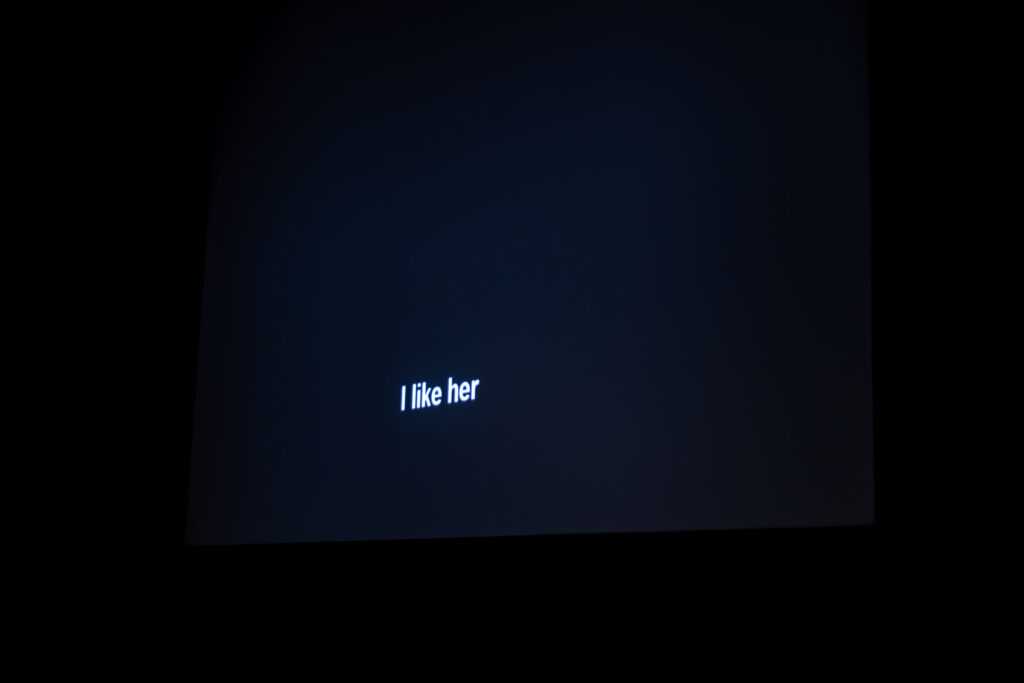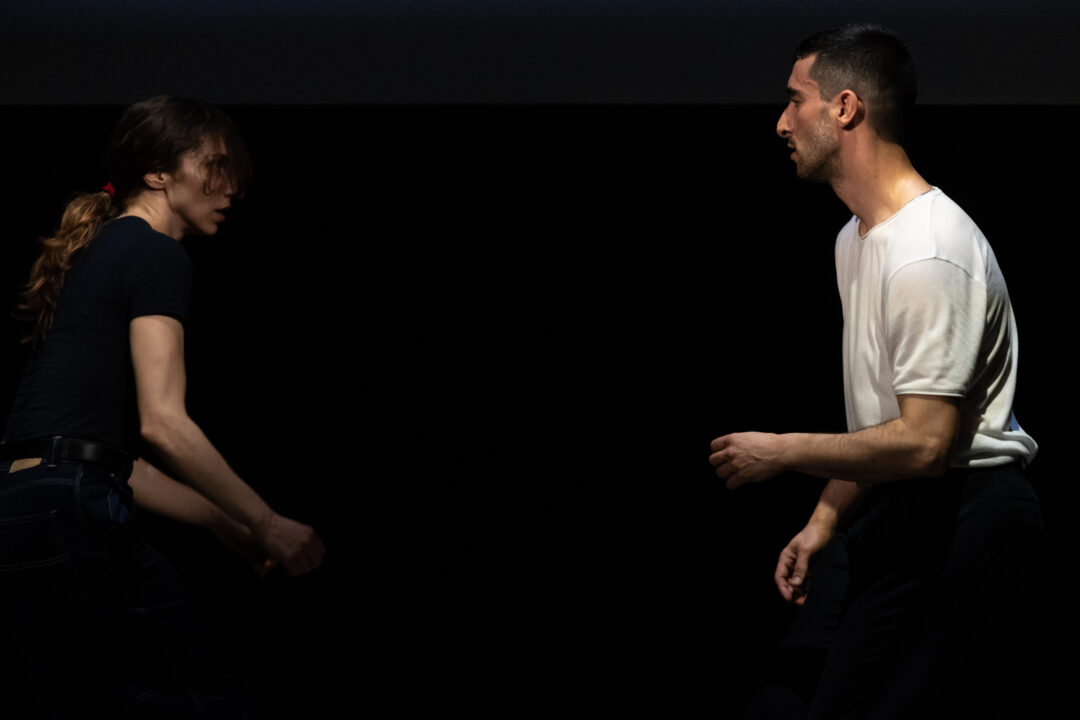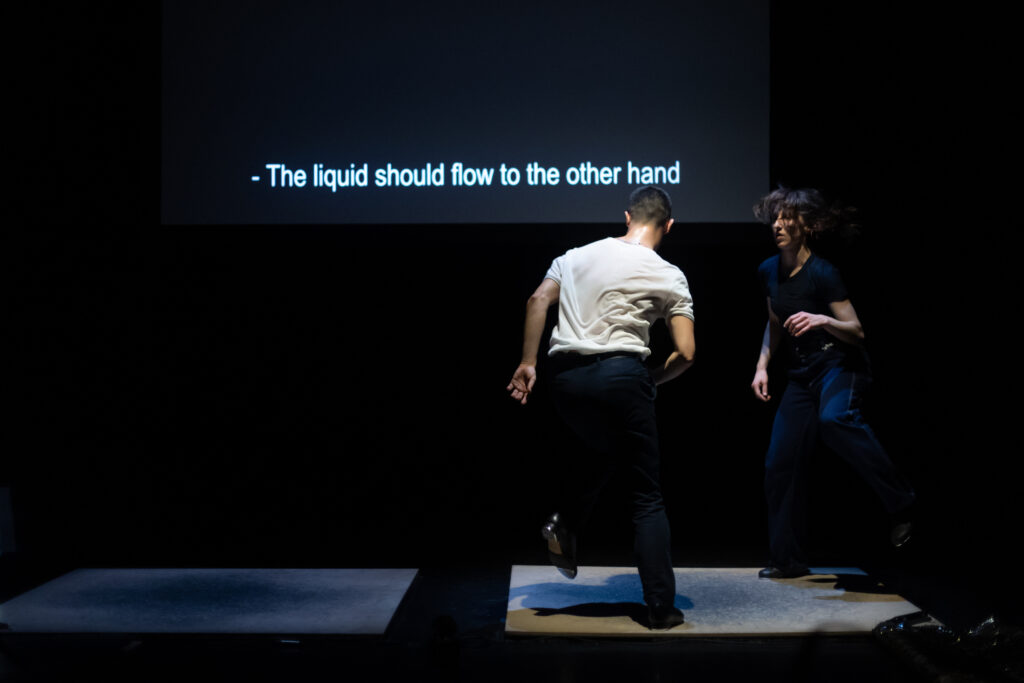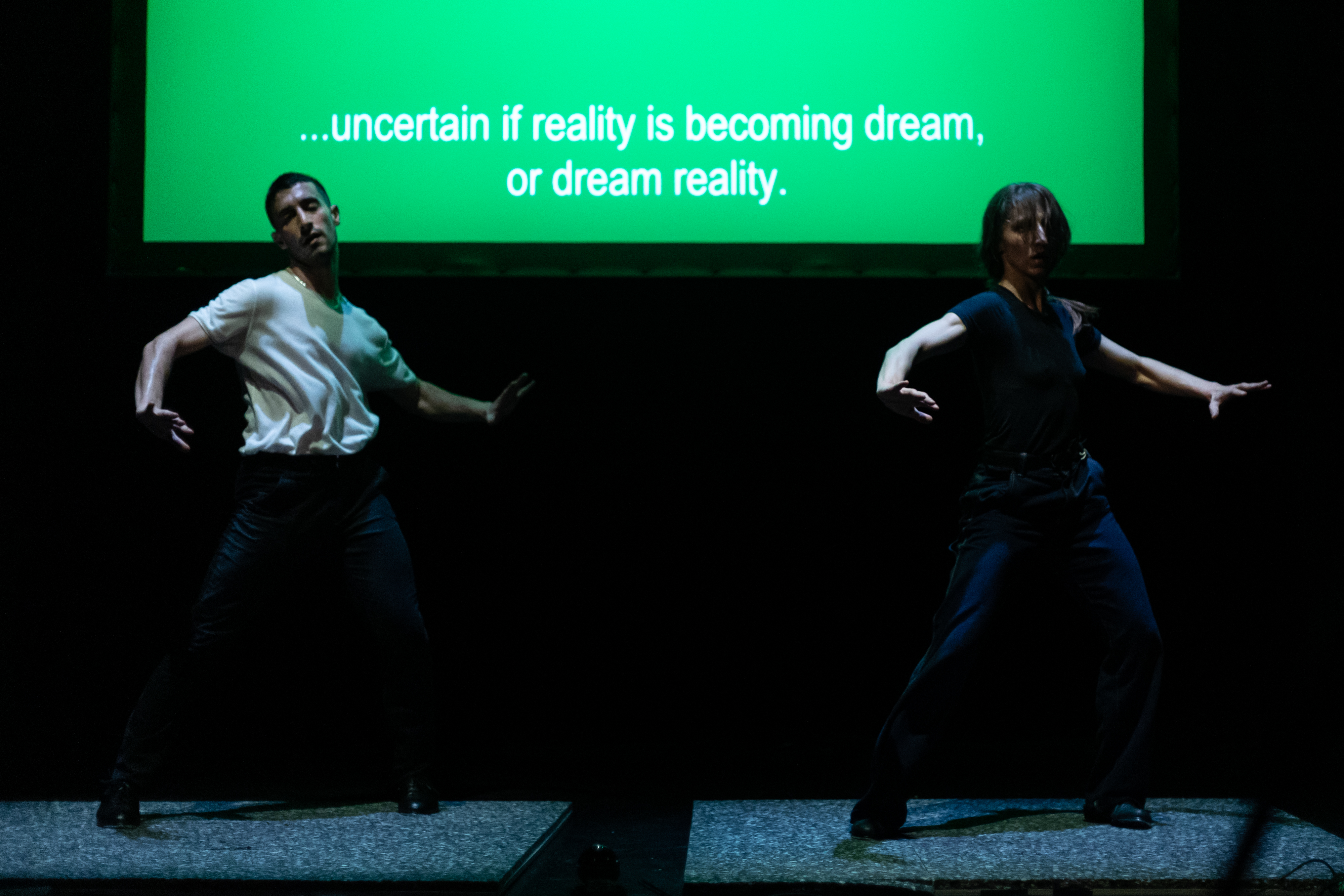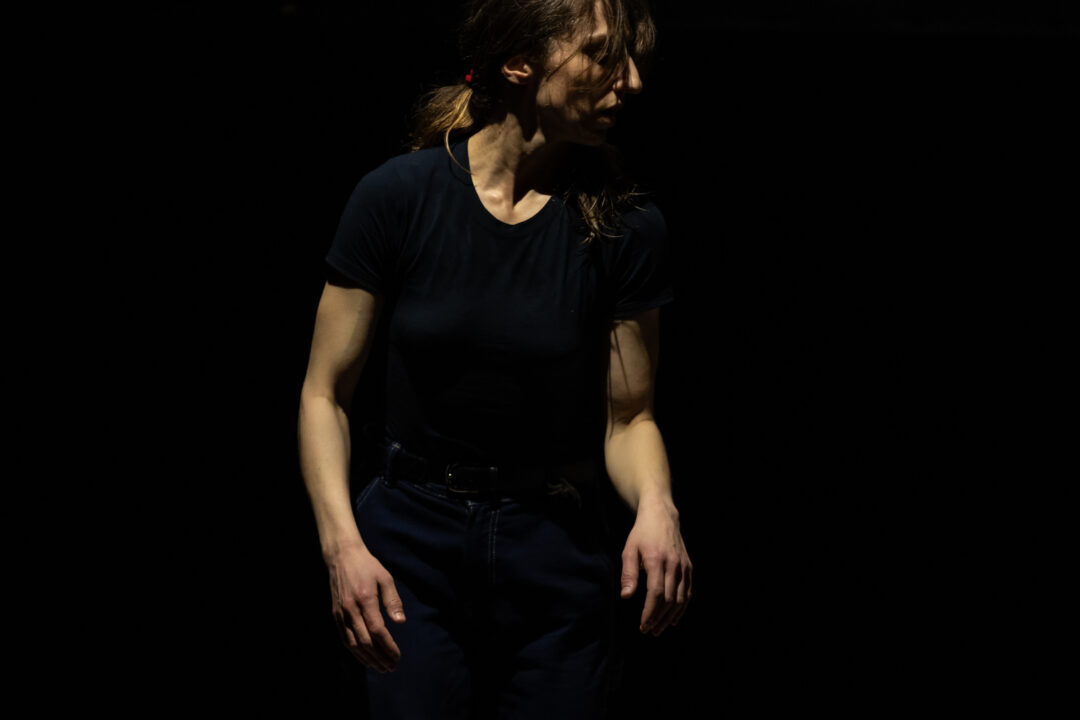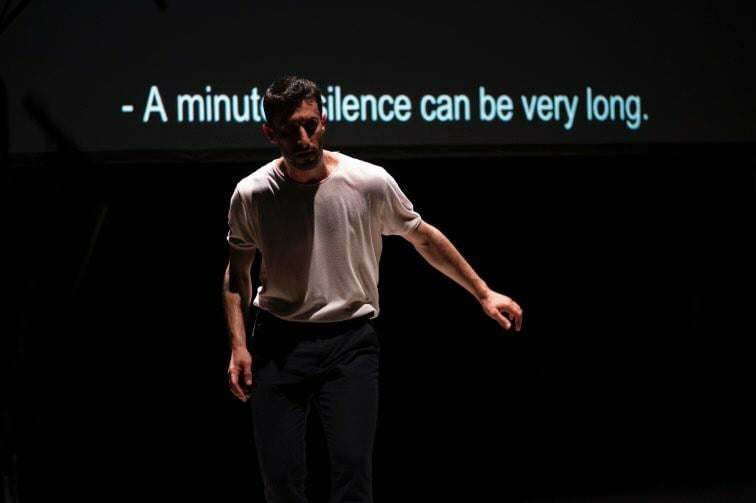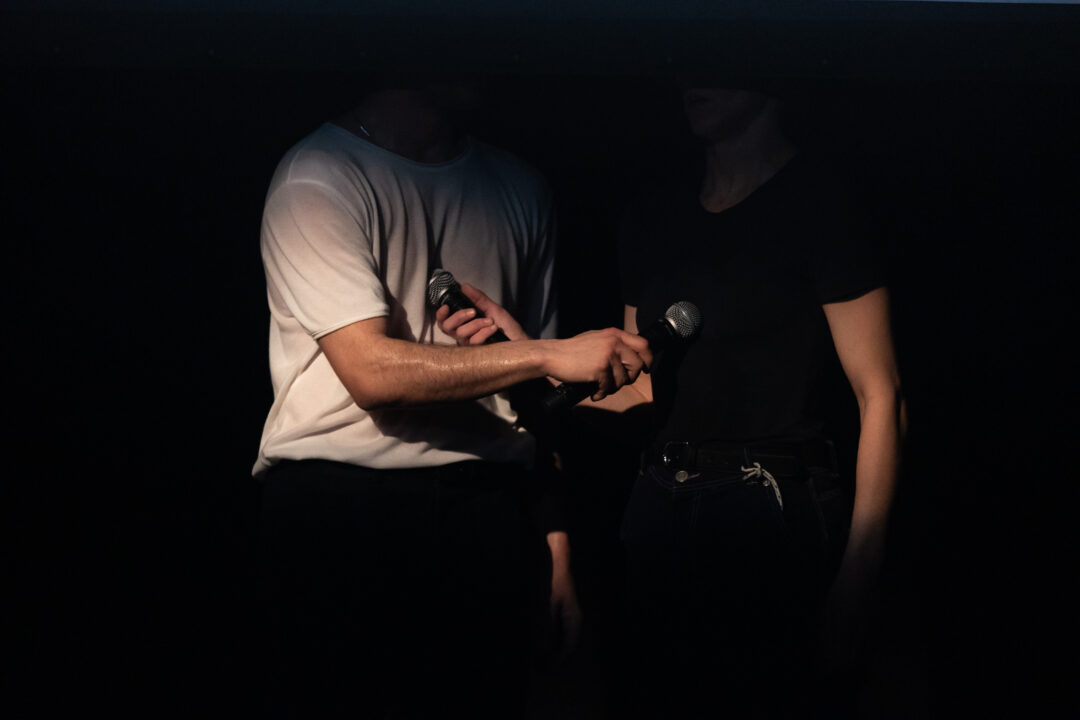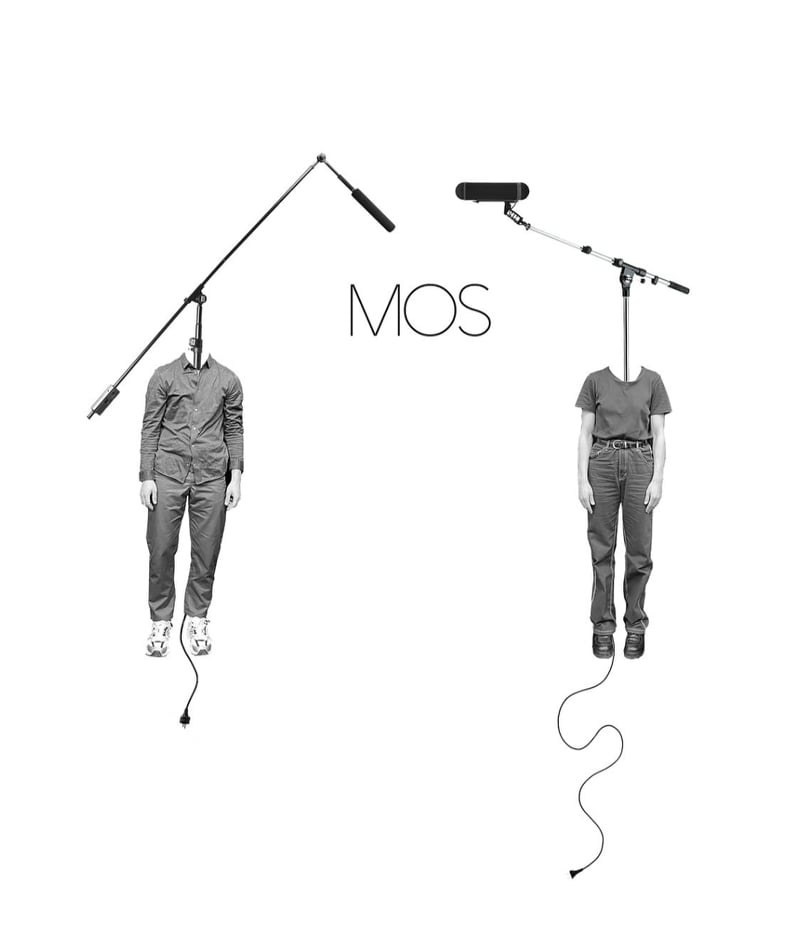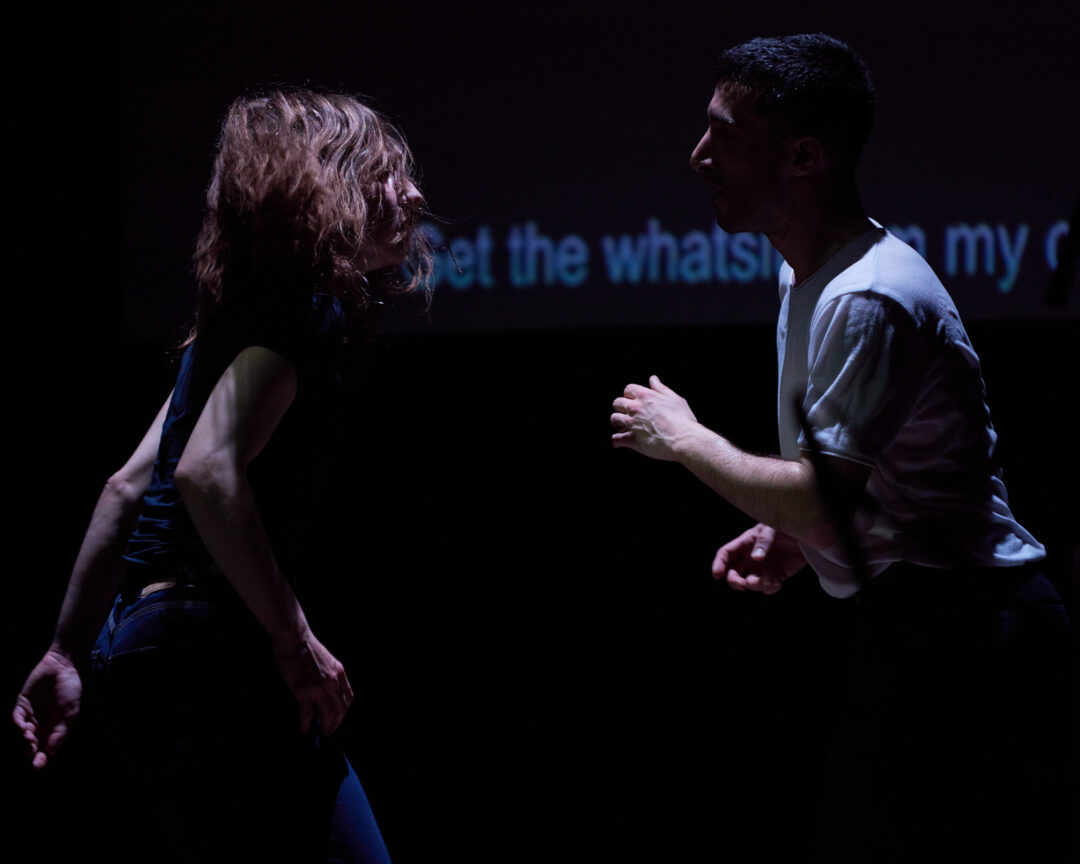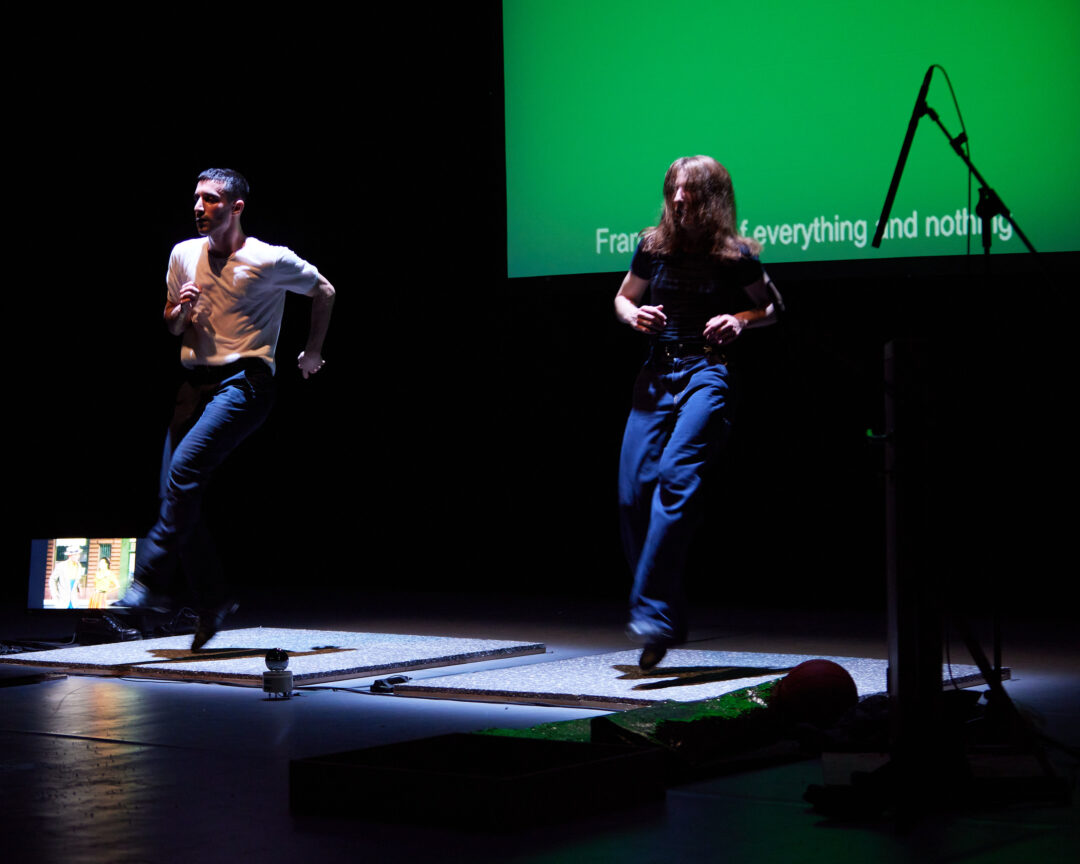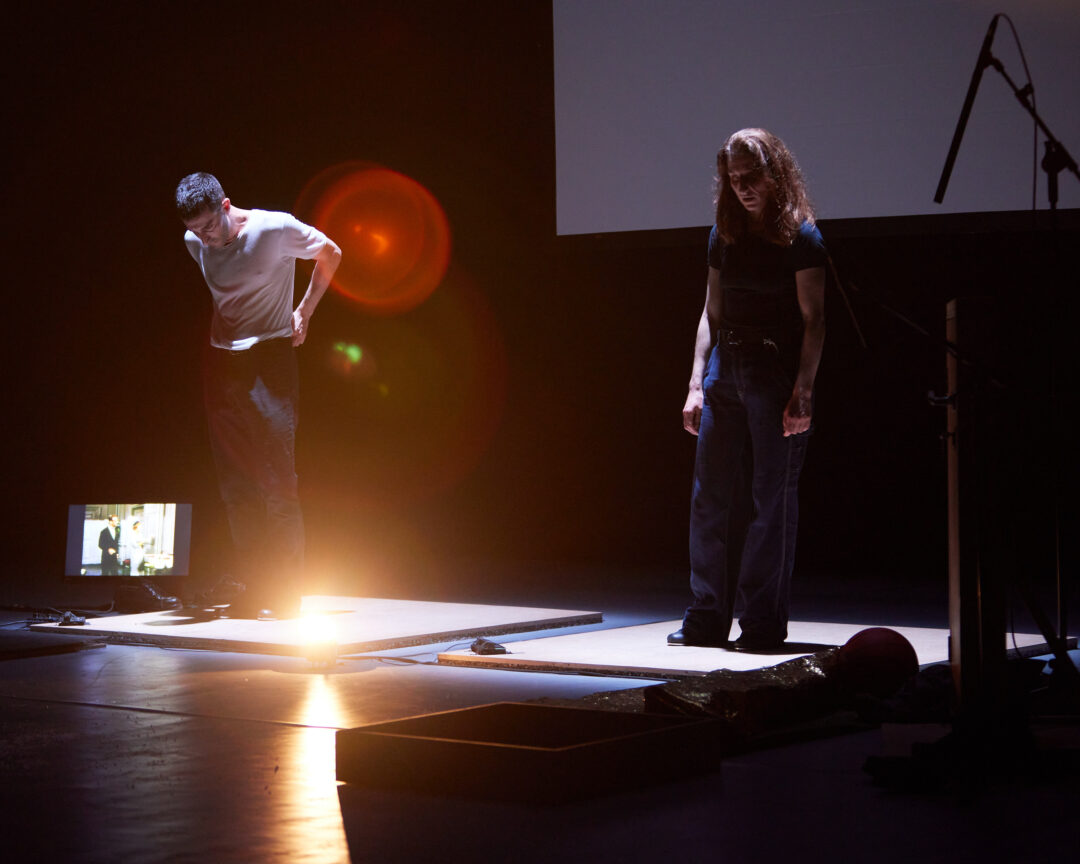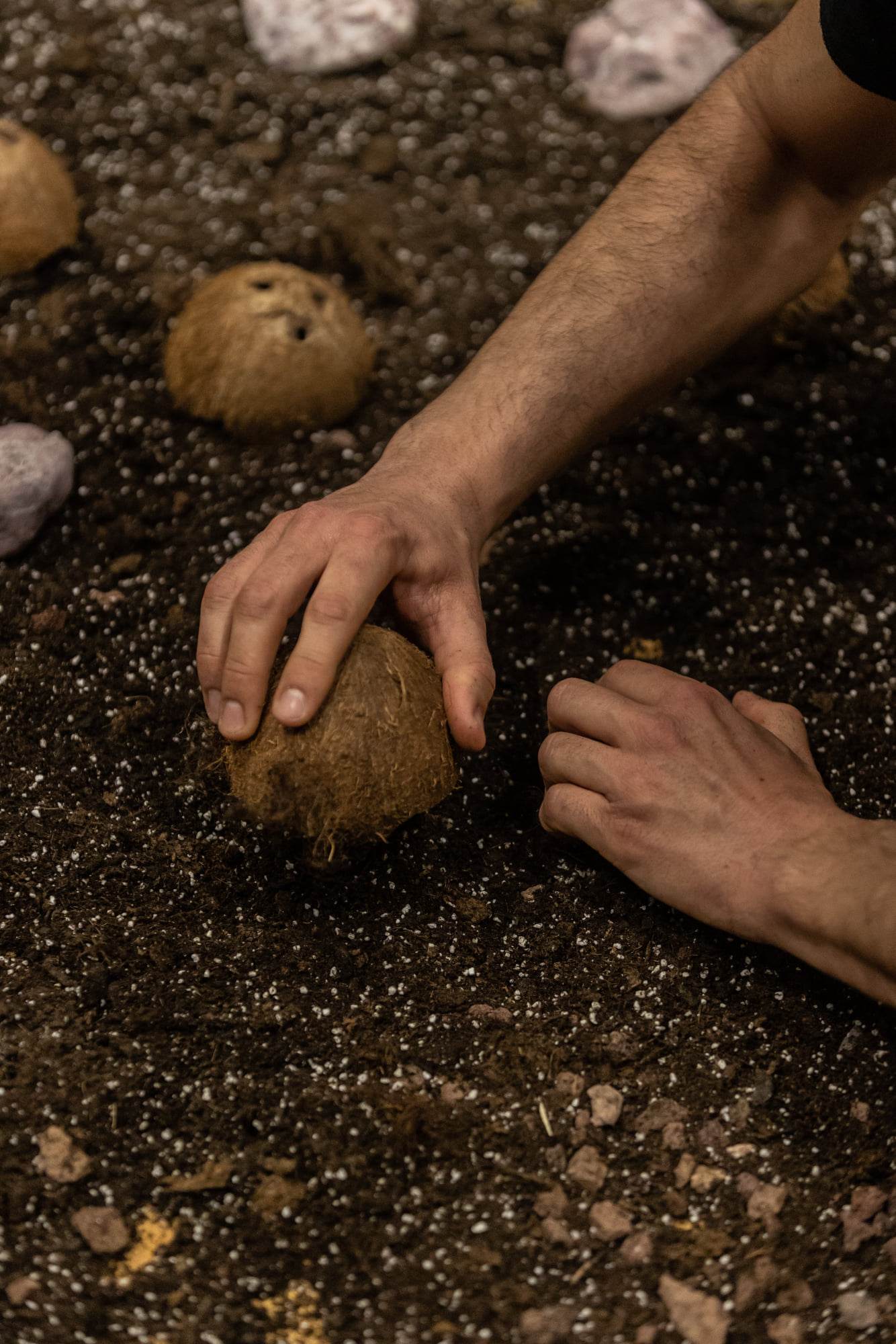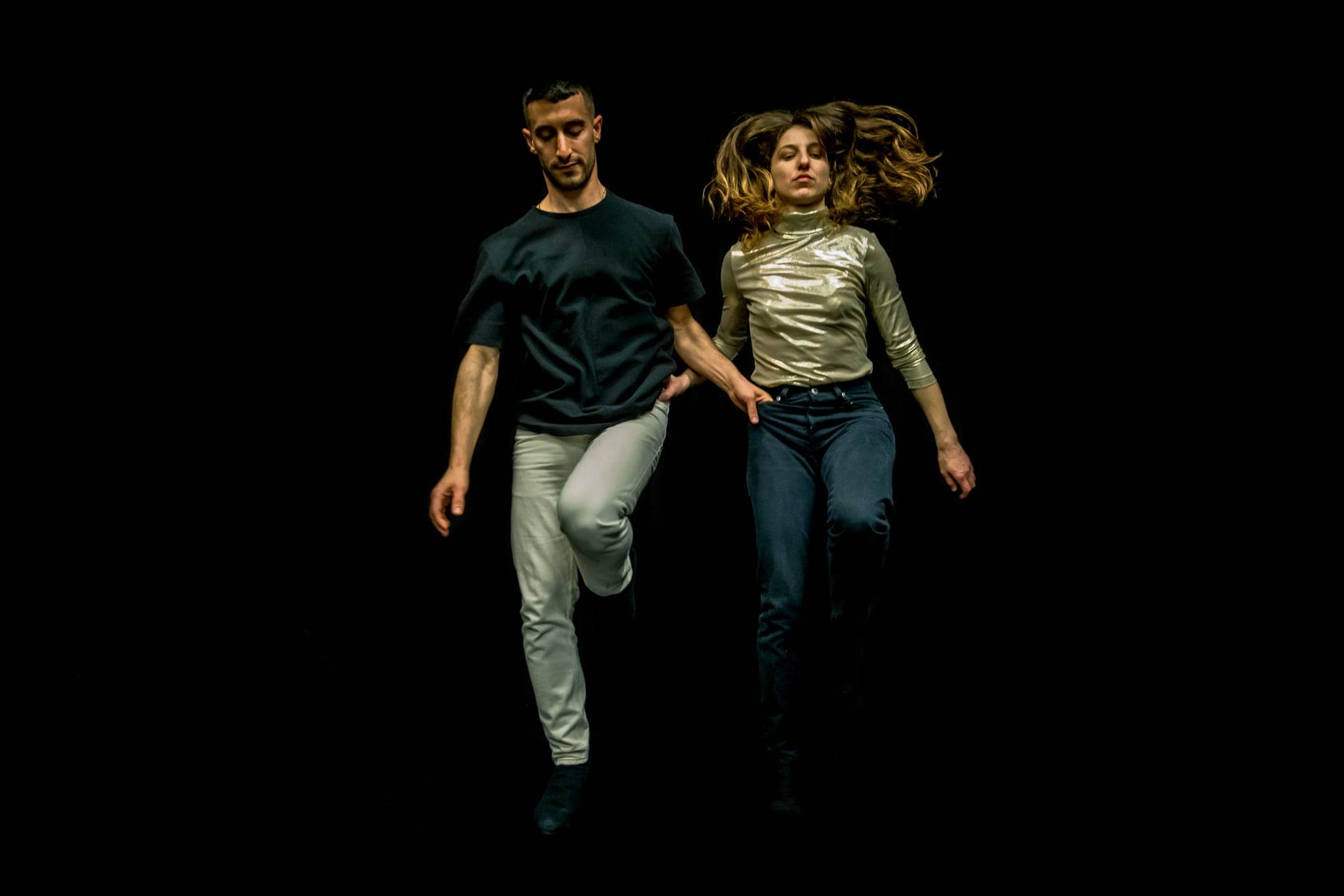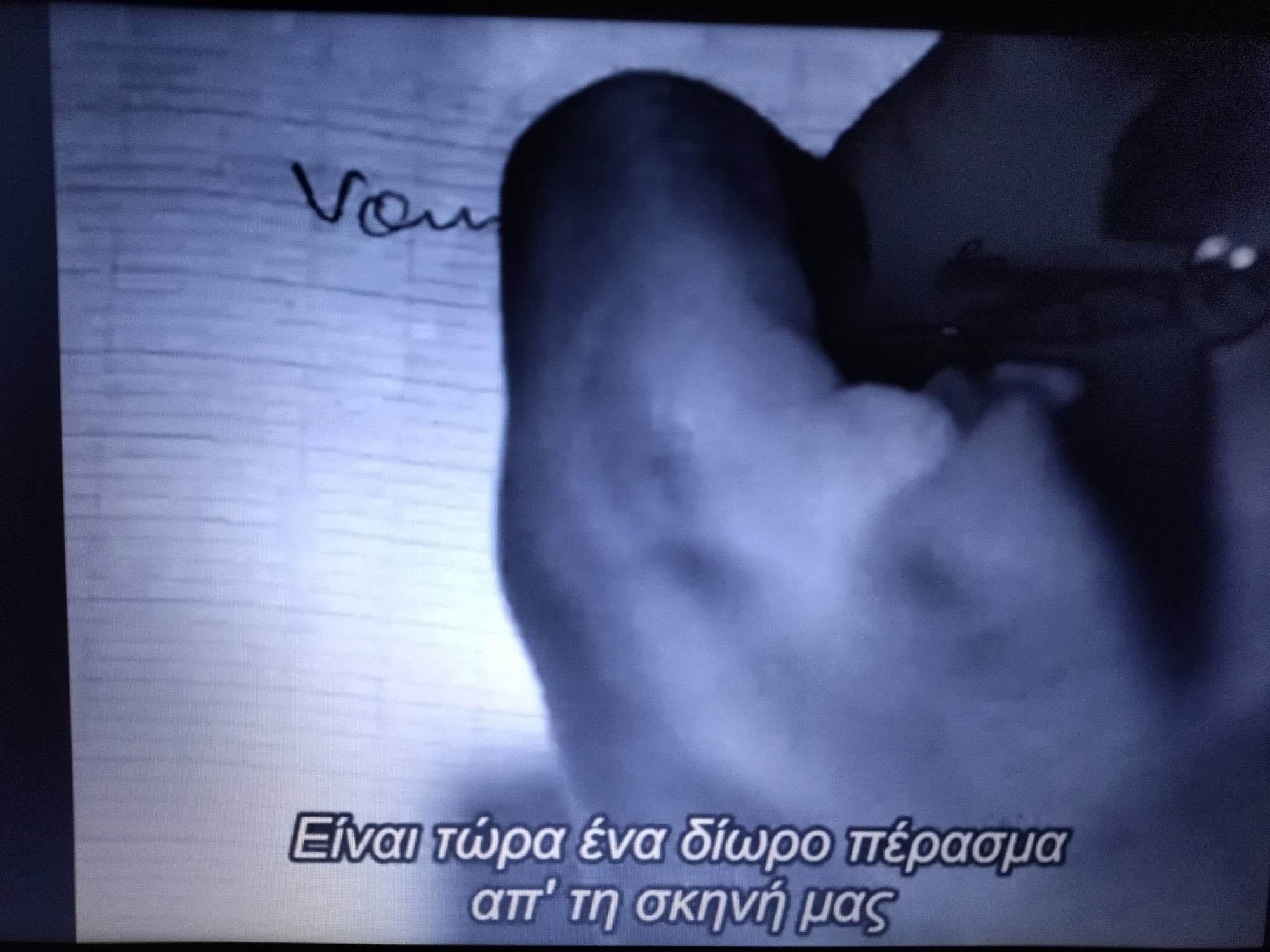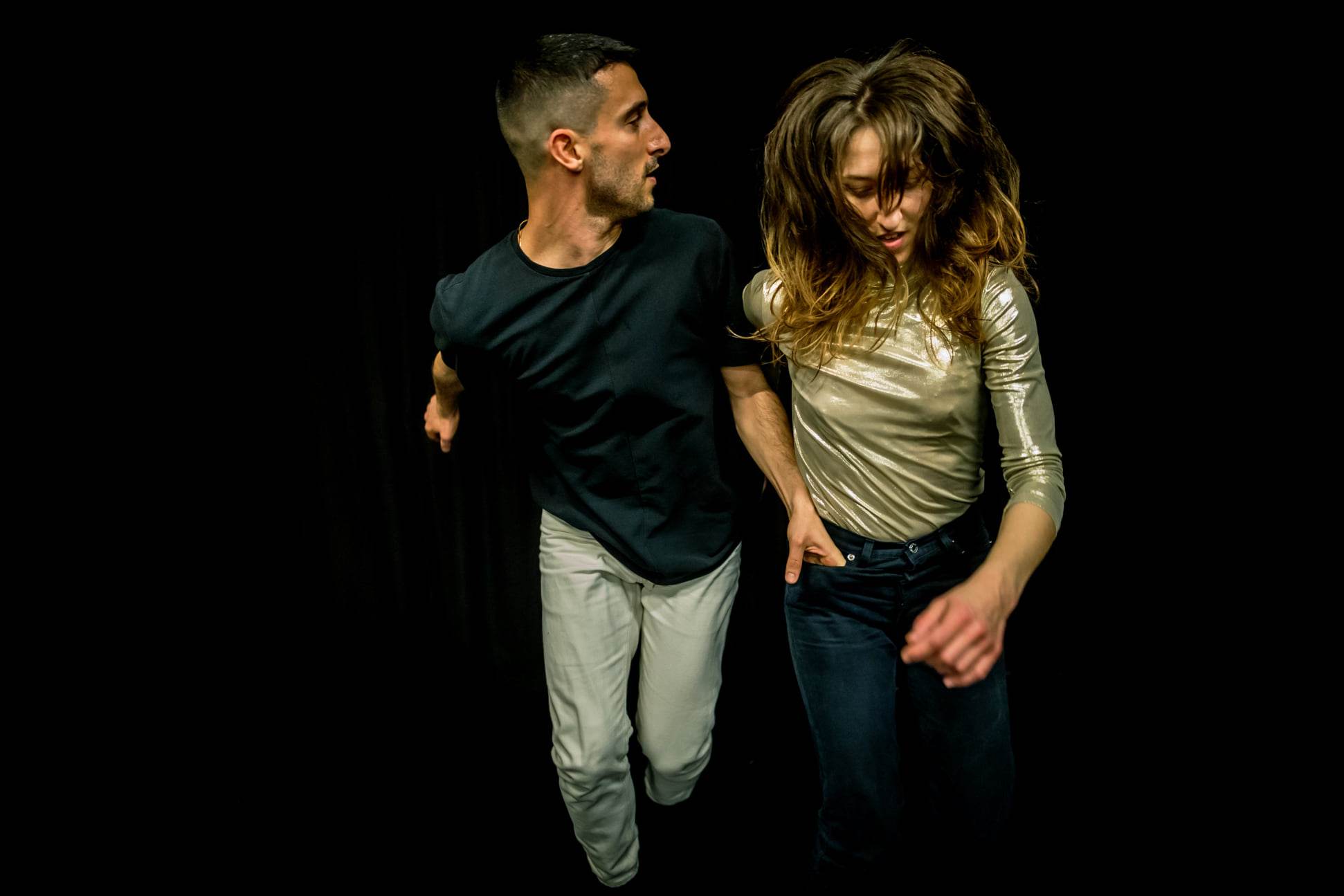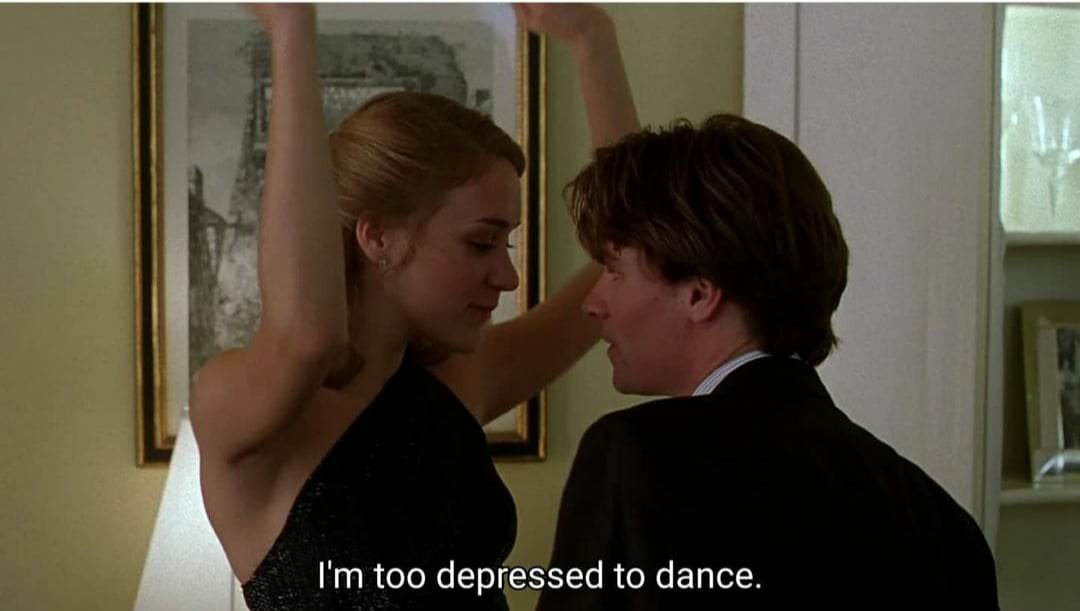Two performers enter into discourse with a disparate series of images, and seek to impart their own transcription in space. The body and (micro-)movements co-exist with curious objects and materials to act as a means of sound production. The material is intensified, exploded, paused, repeated, and distorted in order to bolster the sound experience.
Within the scenic formulation, individual pieces of information are teased out of the reused materials, thus inviting audience members to generate new connections and interrelations. They find themselves successively transformed into listeners of a makeshift and heterogeneous soundtrack that unfolds before them. The performers become the intermediaries between archive and audience, offering up their own personal takes, composing their own sound adaptation of a non-linear cinematic script, and choosing, at the end of the day, what could possibly be heard.
“MOS” is a scenic game operating in among the conspicuous and hidden relations that exist between movement, sound, and image, amplifying narratives that arise out of the mutual interplay and co-existence of seemingly incongruous archival sources, thus bringing visibility to elements that cannot easily be seen, or heard.
The word/acronym “mos” has more than 20 definitions. Here are just a selection: make optical splices / microphone off stage / microphone out of service / minus optical signal / minus optical stripe / minus optical sound / missing of sound / mit ohne stimme / mit out sprechen / mixer out smoking / motion on screen / motor only shot / motor only sync / music on side / muted on screen / muted on sound / muted optical stripe.

